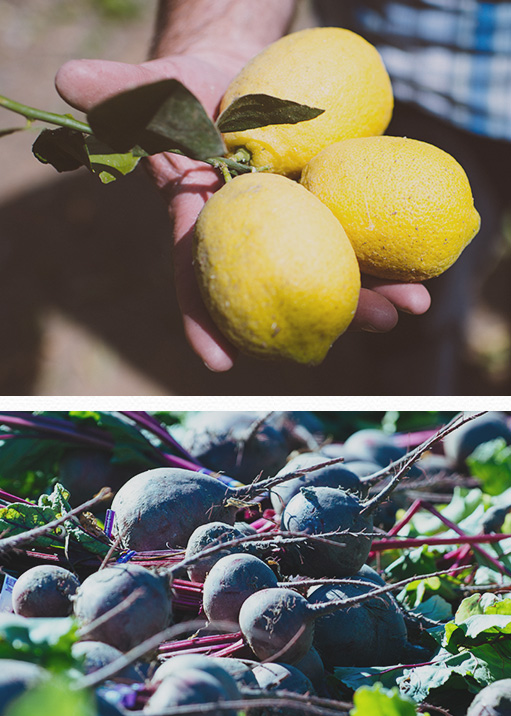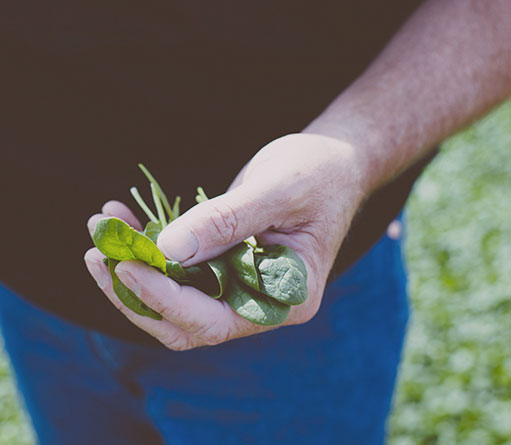Oh, the plentiful benefits of a plant-based diet. The vitamins. The minerals. The fiber. That great feeling you get from eating or drinking a variety of fruits and veggies.
One delicious, easy way to get the good stuff is making your own smoothies and juices right at home. But it’s not as simple as grabbing the produce sitting on your nearest grocery-store shelf. Here’s our advice on choosing fruits and vegetables for juicing and blending.
Buy Produce Grown Close to Home
Fruits and vegetables start losing nutritional value after they’re removed from the tree or soil. That’s why we built our juicery as close to Southern California’s green fields as possible. In fact, we get 82% of our whole, raw ingredients from farms within 400 miles (1-2 days) of our juicery.
There are likely farmers within a couple hundred miles of you who want to get their tasty produce to market quickly, and at the peak of growing season. We suggest seeking out the nearest farmers’ market or co-op through the National Farmers’ Market Directory, Co-op Directory or LocalHarvest.


Additional reasons for perusing your local farmer’s market or produce stand:
Food grown on distant lands has more time to lose nutrients
Local farmers who deal directly with consumers may grow for taste and diversity over the ability to be shipped long-distance. Produce diversity can help you achieve nutritional diversity.
In markets featuring local and direct produce there is a better chance that the fruits and vegetables were harvested within the last 24 hours at the peak of ripeness providing you with benefits (flavor, texture, nutrition, etc.) freshness can offer.
In local and direct markets there is a decreased likelihood of produce damage due to minimal transport and handling requirements, which helps fruit and vegetables maintain their flavor and nutrients.
Remember: Flash-Frozen Is Just Fine
No need to rule out produce from far-off lands. There are plenty of lovable fruits and vegetables that simply require particular climates to thrive, or have a super-short growing season. If they’ve been flash-frozen to help protect their nutrients and flavor before shipping, they can add up to one delicious, nutritious smoothie treat with no added sugar. Also, fresh berries, tropical fruits and melons are perfect for freezing at home, but not leafy greens if you plan on juicing them later.
Know Your Nutrients
Your taste buds may be craving a bite of watermelon. But your body could frankly use a pile of spinach or kale. Curious how to choose healthiest produce for blending at home? Check out the Whole Foods Market® ANDI Guide, which ranks the aggregate nutrient density index of various fruits, vegetables and other foods — and includes a tasty variety of nourishing produce. Happy, healthy shopping to you.



